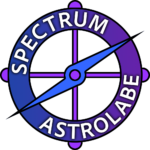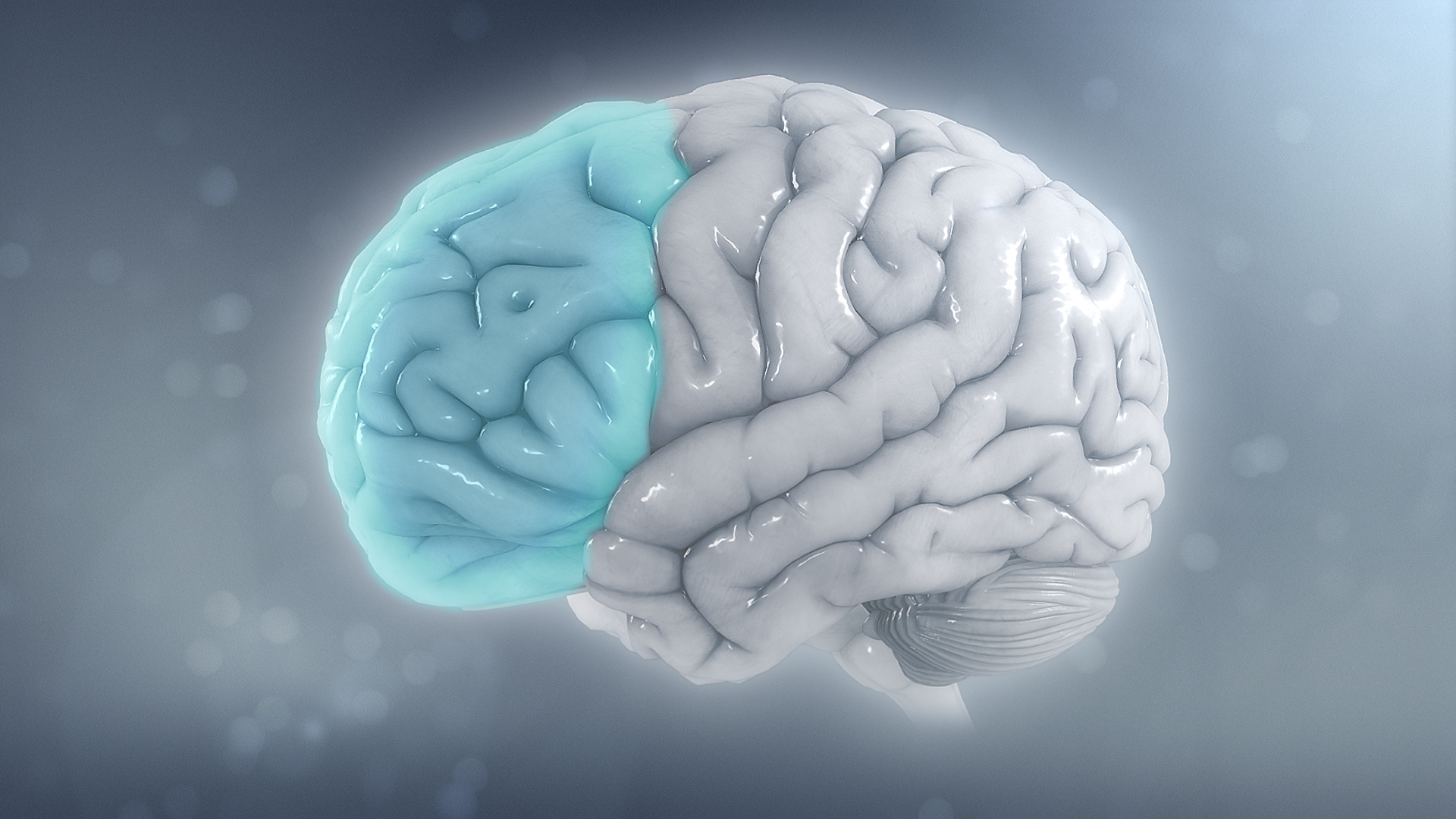A recent study published in the journal Cell has shed new light on the diagnostic criteria for autism, challenging traditional views that emphasize social skills deficits. Researchers from the Mila Québec Artificial Intelligence Institute and McGill University utilized a large language model (LLM) to analyze clinical reports and identify the most indicative behaviors for an autism diagnosis. Their findings suggest that repetitive behaviors, special interests, and perception-based behaviors are more closely associated with autism than previously thought, potentially leading to a shift in diagnostic guidelines.
Background: The Current Diagnostic Framework
Autism is typically diagnosed through clinical observation and assessment. The Diagnostic and Statistical Manual of Mental Disorders, Fifth Edition (DSM-5), emphasizes deficits in social communication and interaction, alongside restricted or repetitive patterns of behavior, interests, or activities. However, these criteria can be subjective and vary widely among individuals.
The Study: Leveraging AI for Diagnostic Clarity
To better understand the diagnostic process, researchers employed a transformer LLM, pre-trained on nearly 489 million unique sentences. They fine-tuned this model using over 4,000 clinical reports from patients being evaluated for autism. These reports detailed observed behaviors and patient histories but did not include suggested diagnoses.
The team developed a bespoke module to pinpoint sentences in the reports most relevant to accurate diagnosis predictions. By comparing these sentences with the DSM-5 criteria, they found that repetitive behaviors, special interests, and perception-based behaviors were consistently highlighted as key indicators of autism. This contrasts with the DSM-5’s focus on social skills deficits.
Implications for Diagnostic Guidelines
The study’s findings have significant implications for how autism is diagnosed. By emphasizing repetitive behaviors and special interests, clinicians may be able to develop more accurate and empirically grounded diagnostic tools. This shift could help reduce the subjectivity inherent in current assessments, potentially leading to earlier and more precise diagnoses.
Limitations and Future Directions
While the study offers valuable insights, it also notes limitations, including a lack of geographical diversity in the data analyzed. Future research should aim to incorporate diverse populations and explore how these findings apply across different demographics.
As this research continues to unfold, it is clear that the integration of AI in analyzing clinical data offers a promising path forward for refining autism diagnosis. By focusing on behaviors that are more universally indicative of autism, clinicians can work towards creating diagnostic standards that better reflect the complexities of the disorder. Ultimately, these advancements could lead to improved support and understanding for individuals with autism, fostering a more inclusive and supportive environment for the broader autism community. This shift in perspective not only enhances diagnostic accuracy but also underscores the importance of embracing diversity in behavior and cognition, moving beyond traditional views to a more nuanced understanding of autism.
Citations
- https://www.sciencedaily.com/releases/2025/03/250326122922.htm
- https://www.cell.com/cell/fulltext/S0092-8674(25)00225-0
- https://nouvelles.umontreal.ca/en/article/2025/03/26/using-llms-to-understand-how-autism-gets-diagnosed/
- https://www.mcgill.ca/newsroom/channels/news/ai-analysis-challenges-autism-diagnosis-criteria-363774
- https://www.myscience.ca/en/news/2025/ai_analysis_challenges_autism_diagnosis_criteria-2025-mcgill
- https://www.mcgill.ca/brain/channels_item/2
- https://medicalxpress.com/news/2025-03-ai-analysis-health-reveals-key.html
- https://quantumzeitgeist.com/ai-analysis-of-healthcare-records-reveals-key-factors-in-autism-diagnosis/











